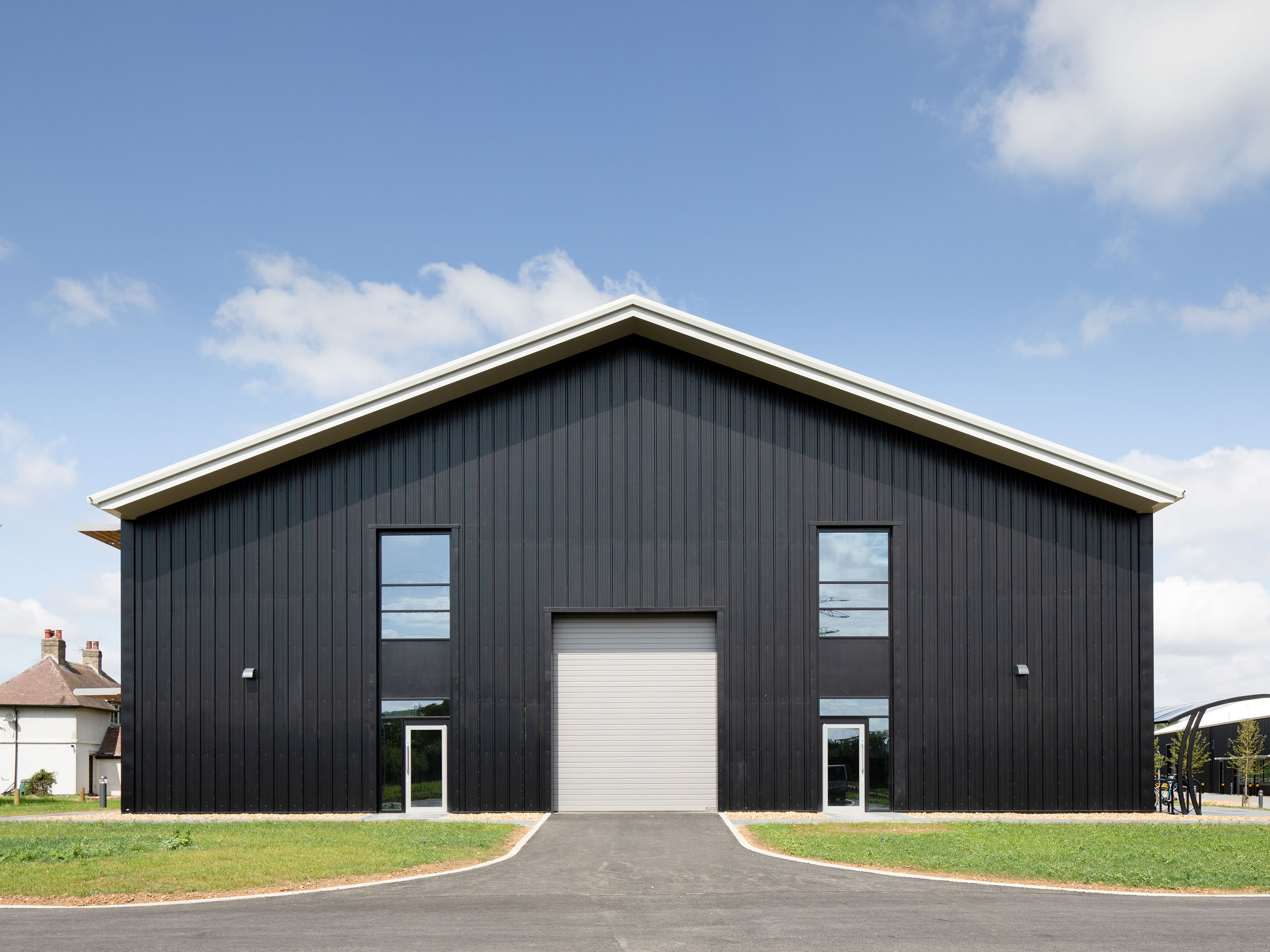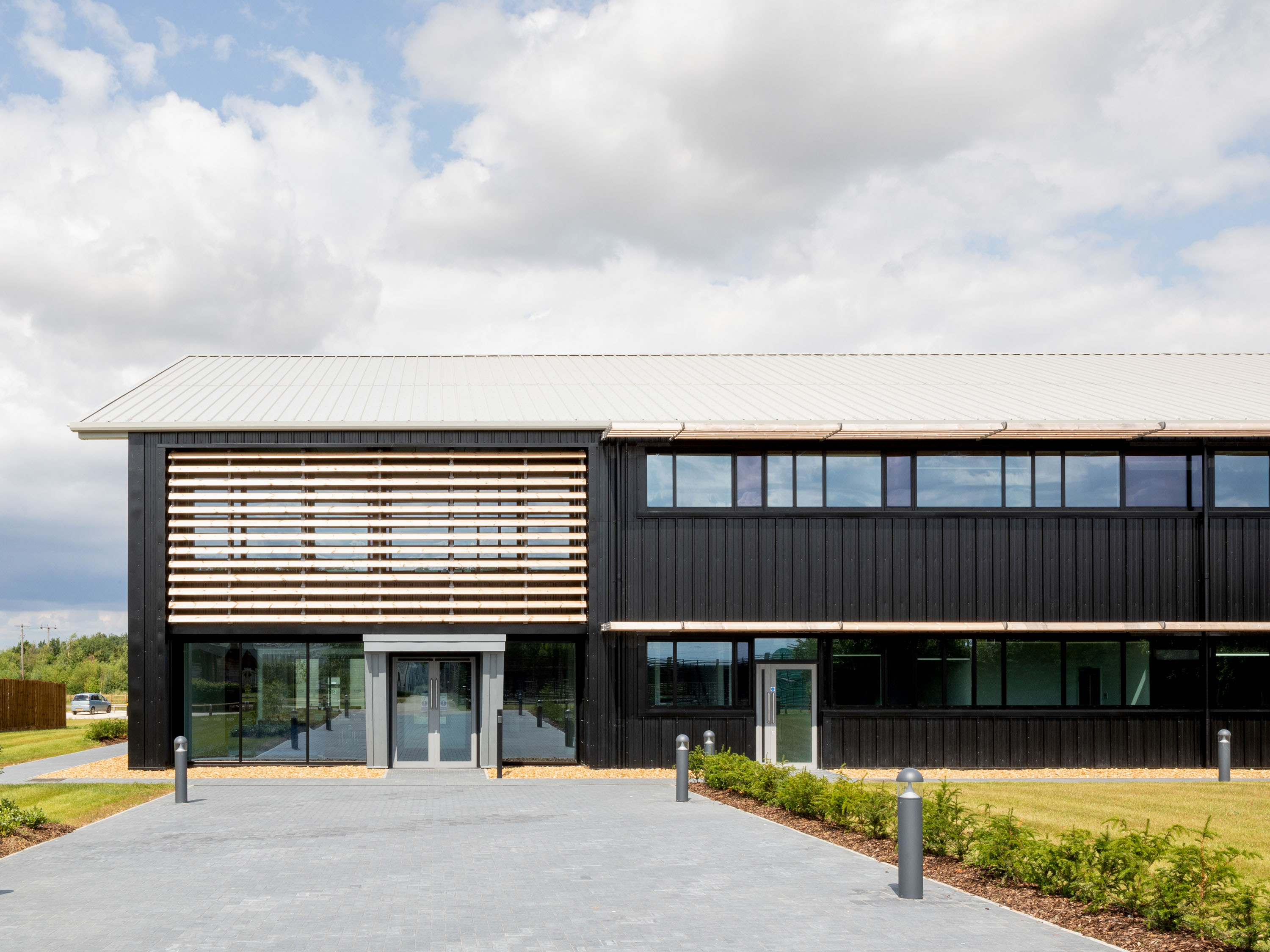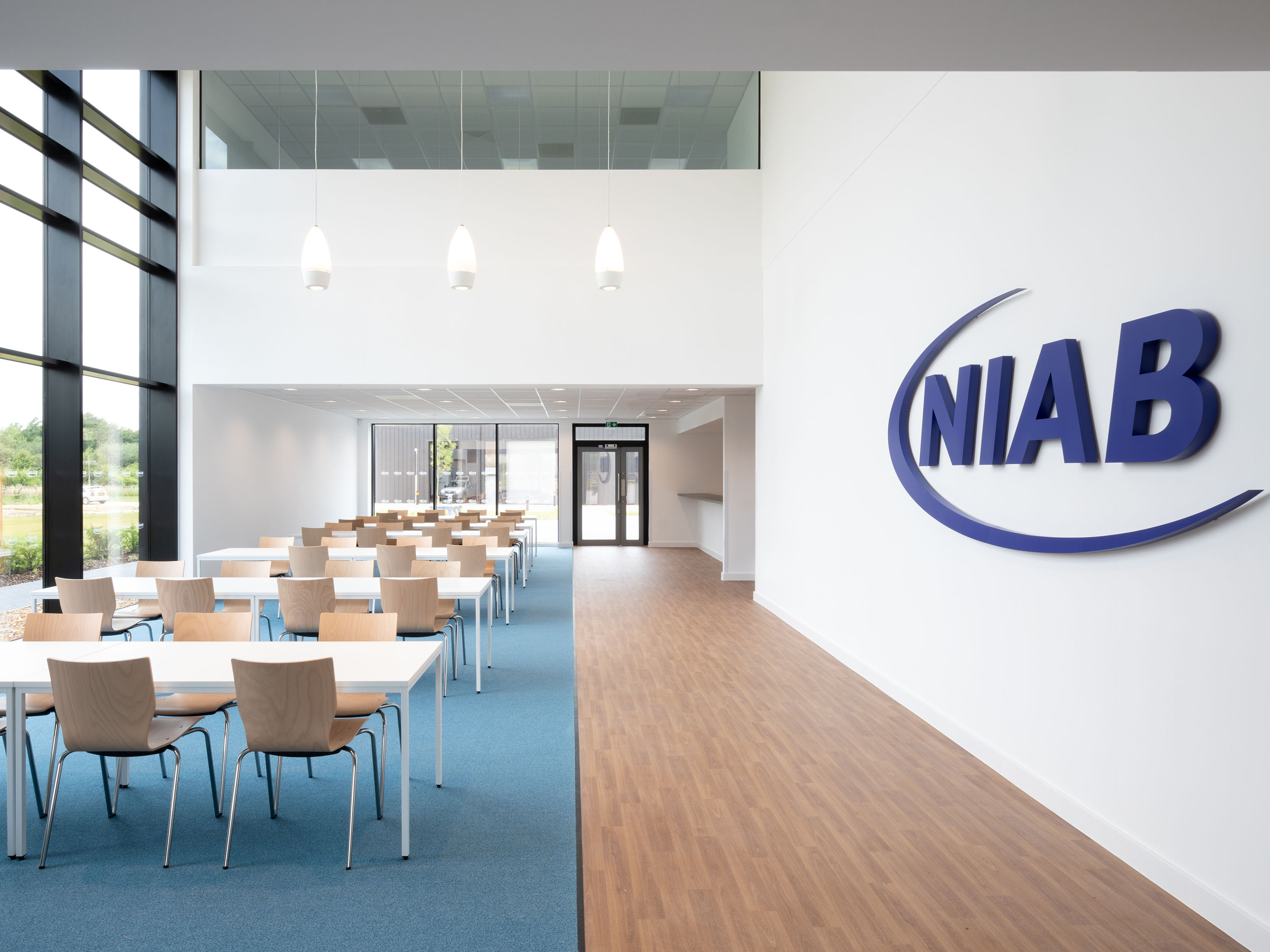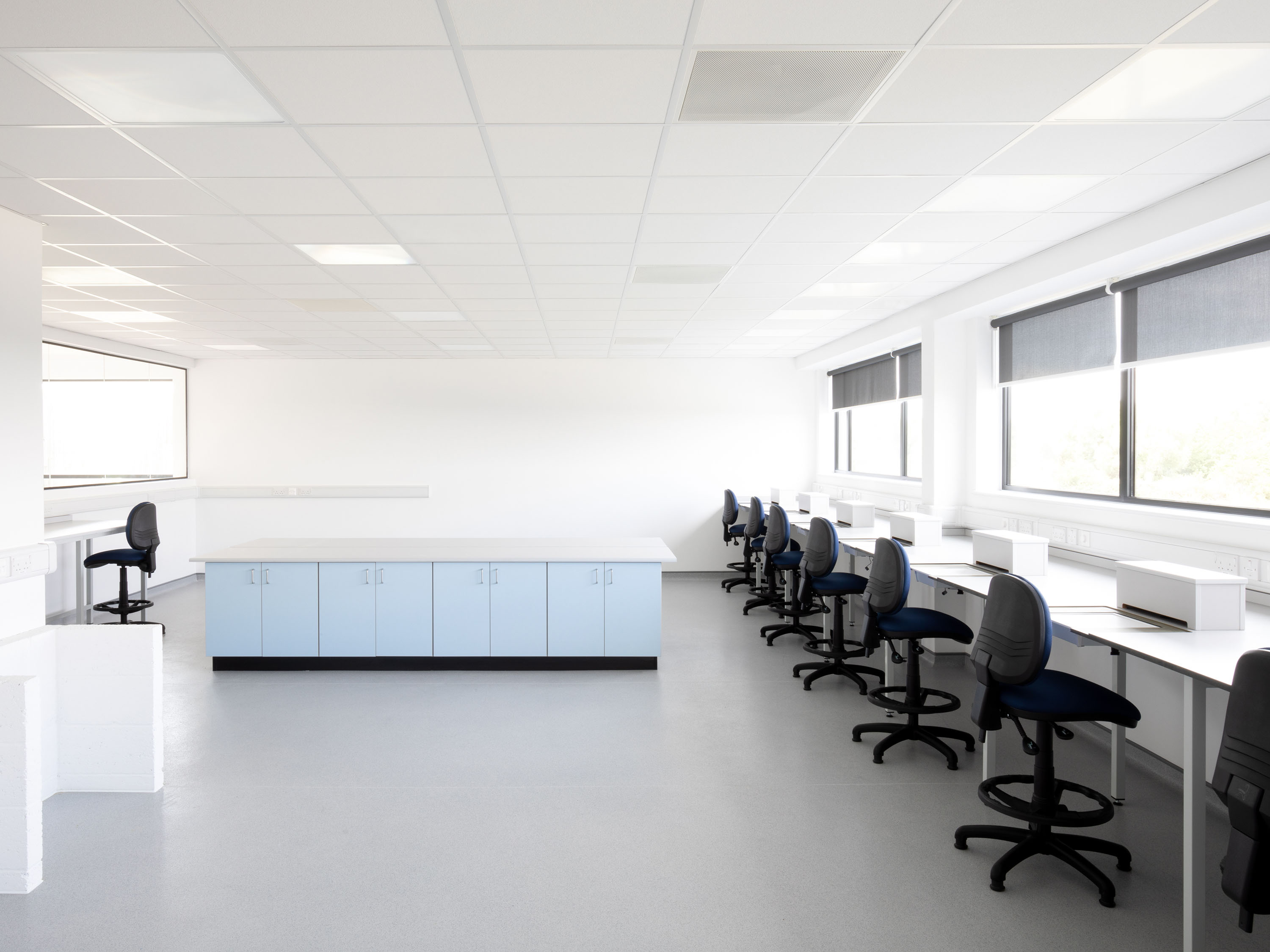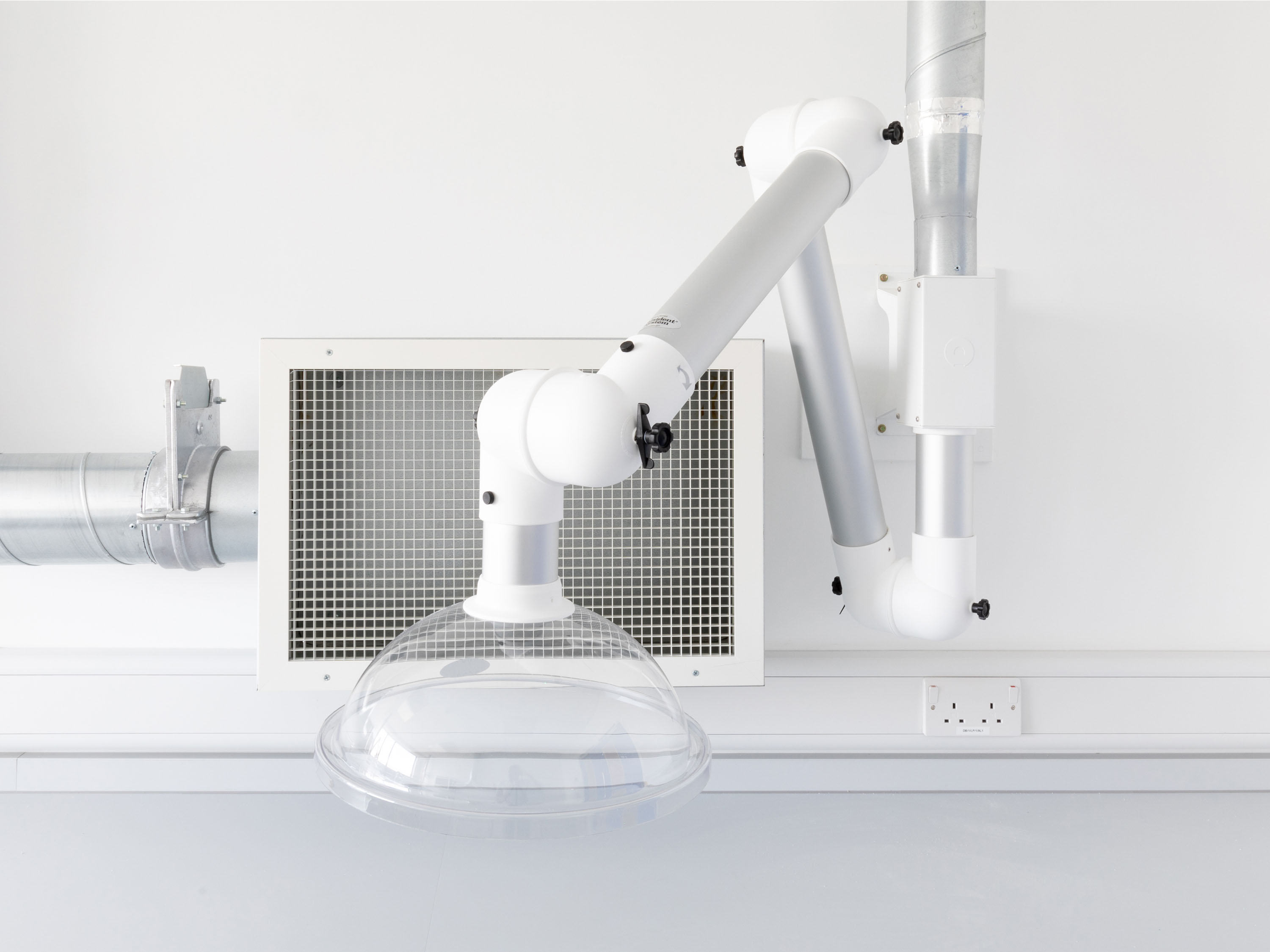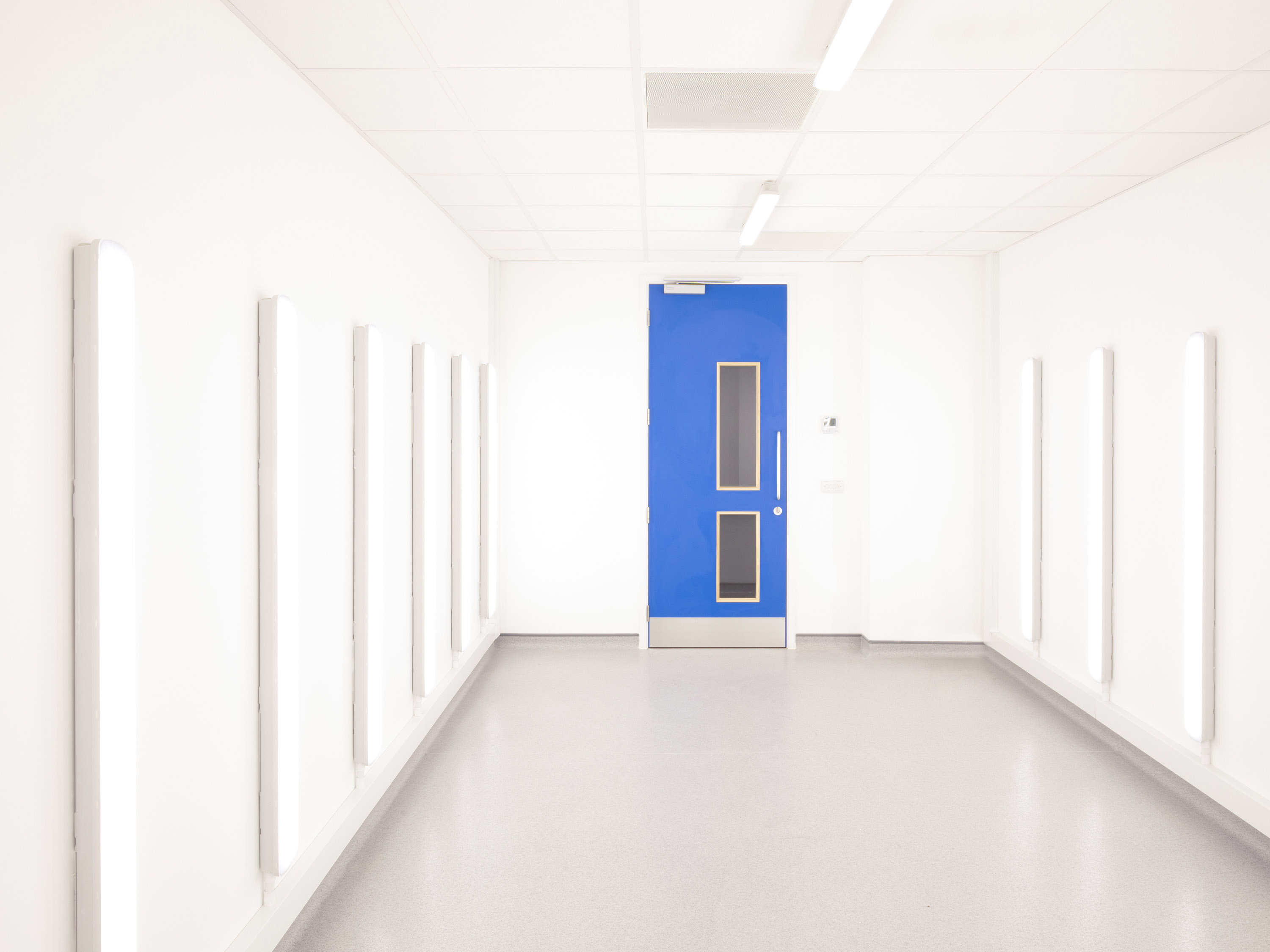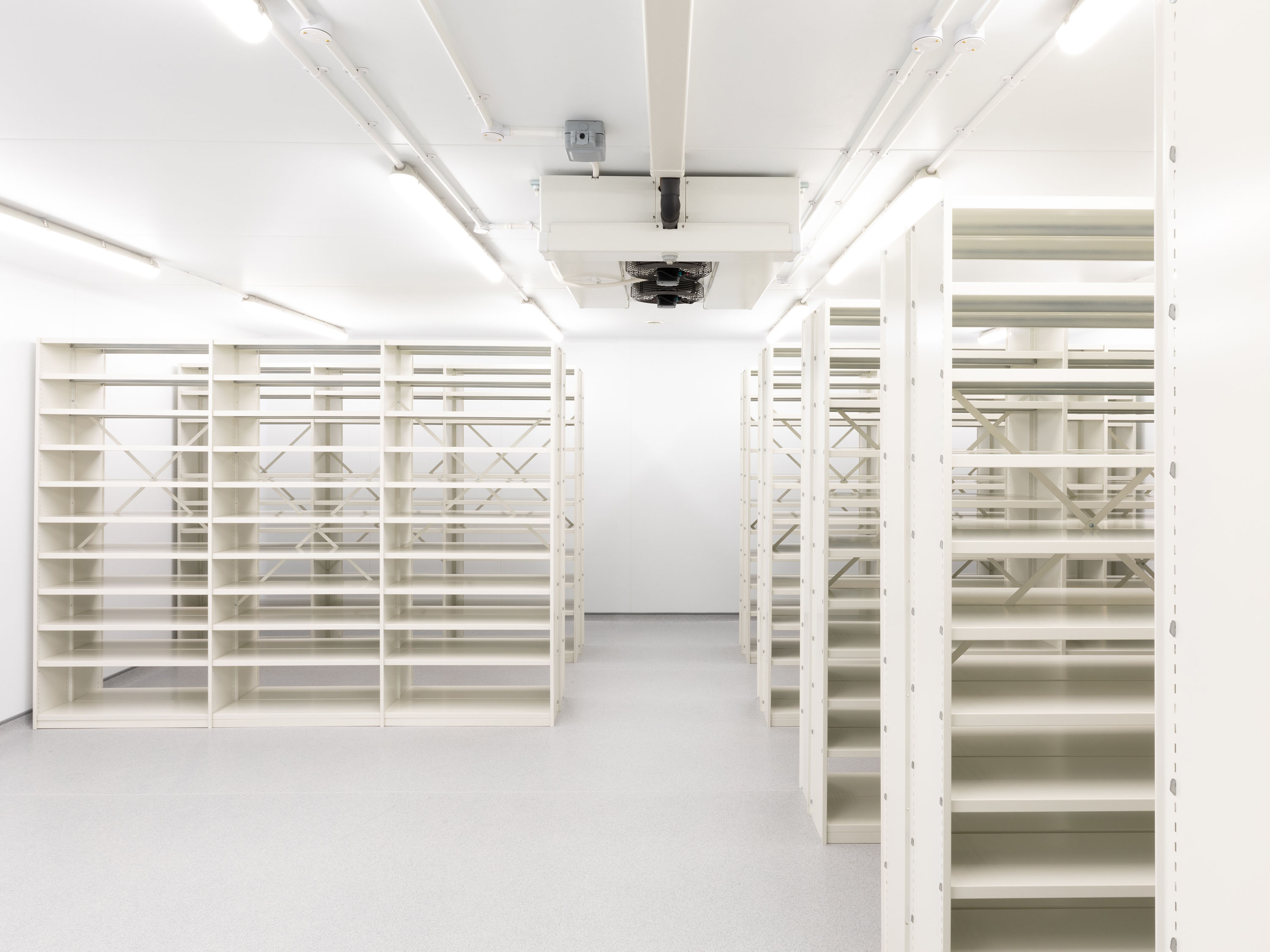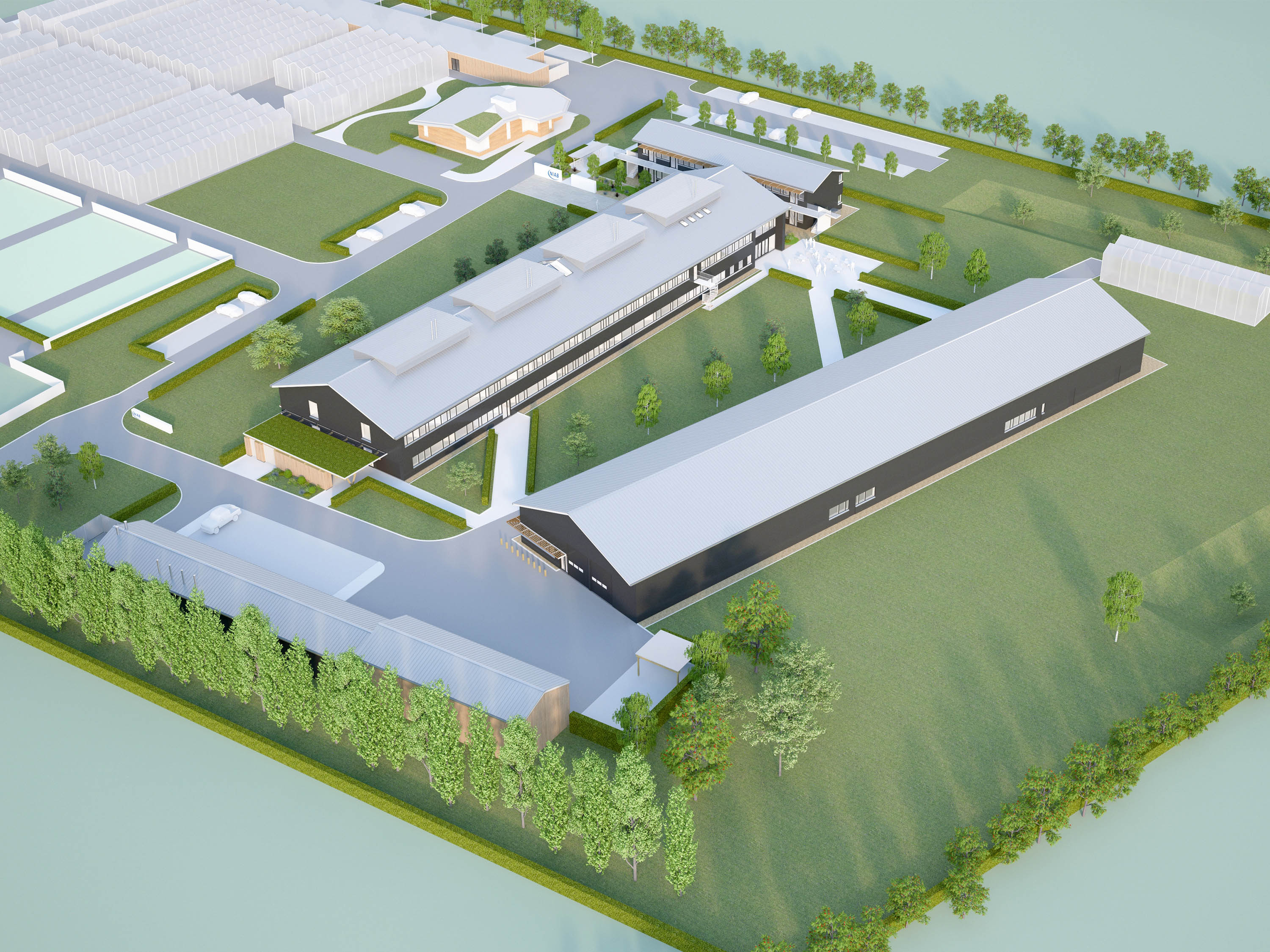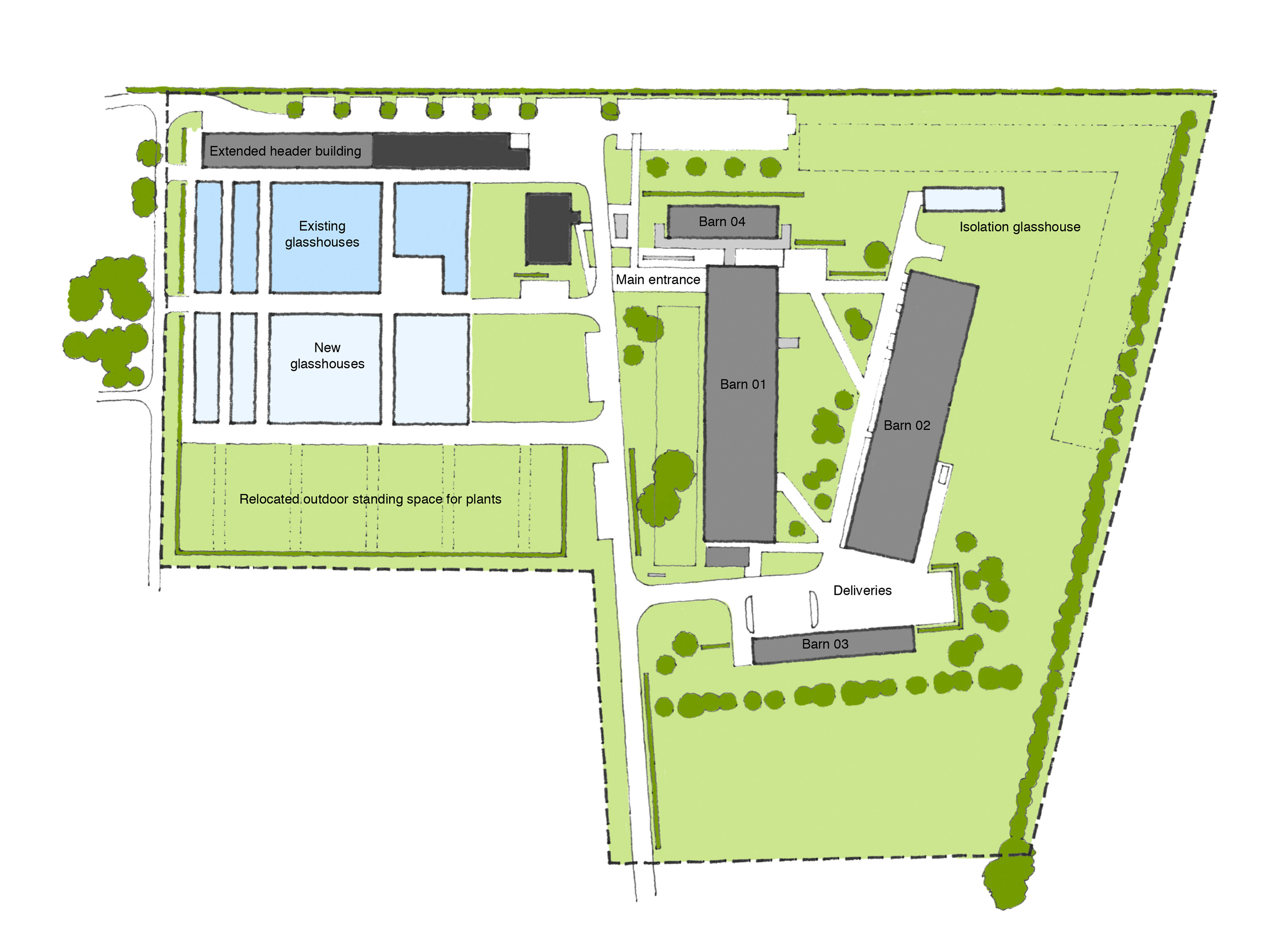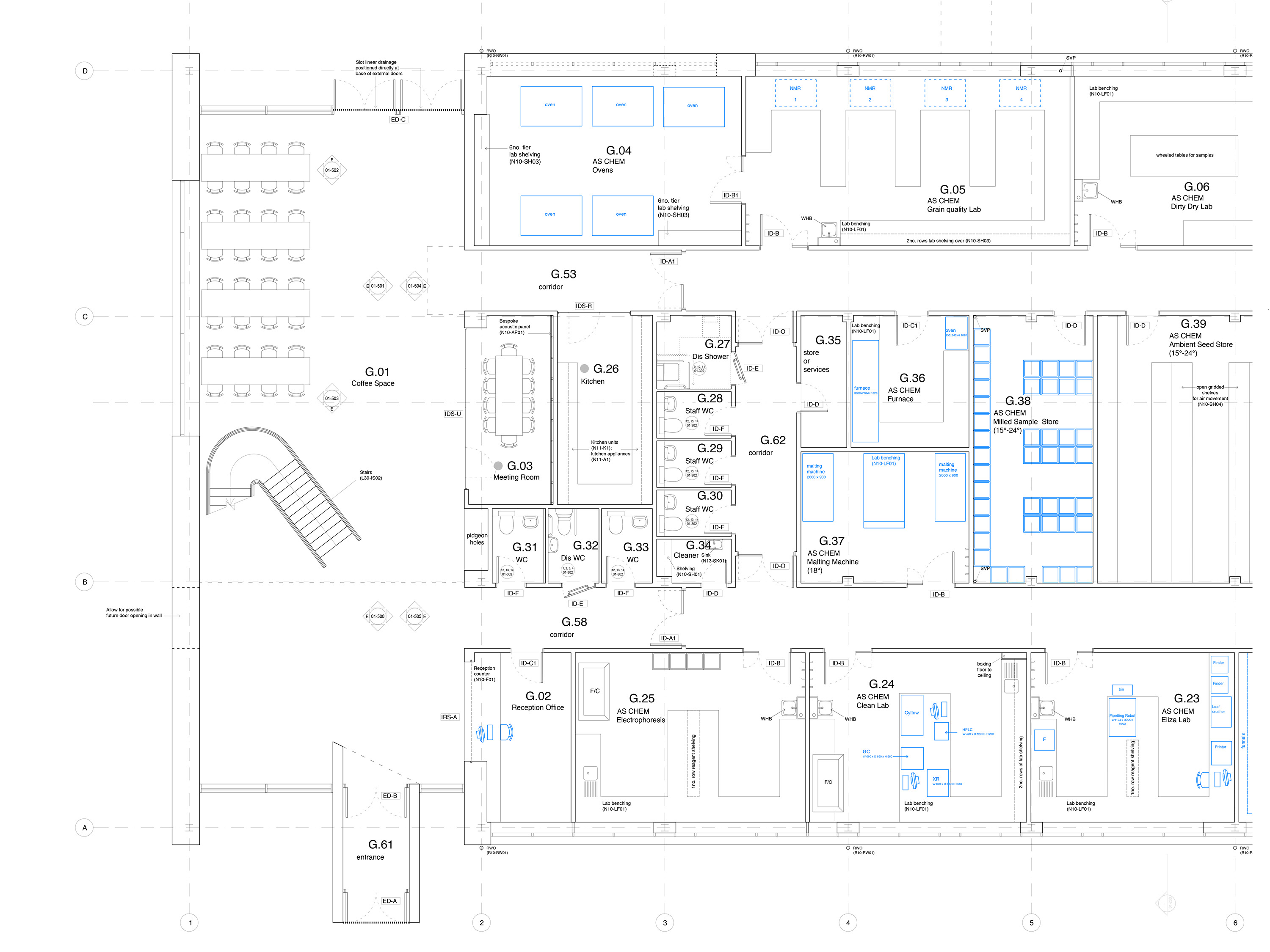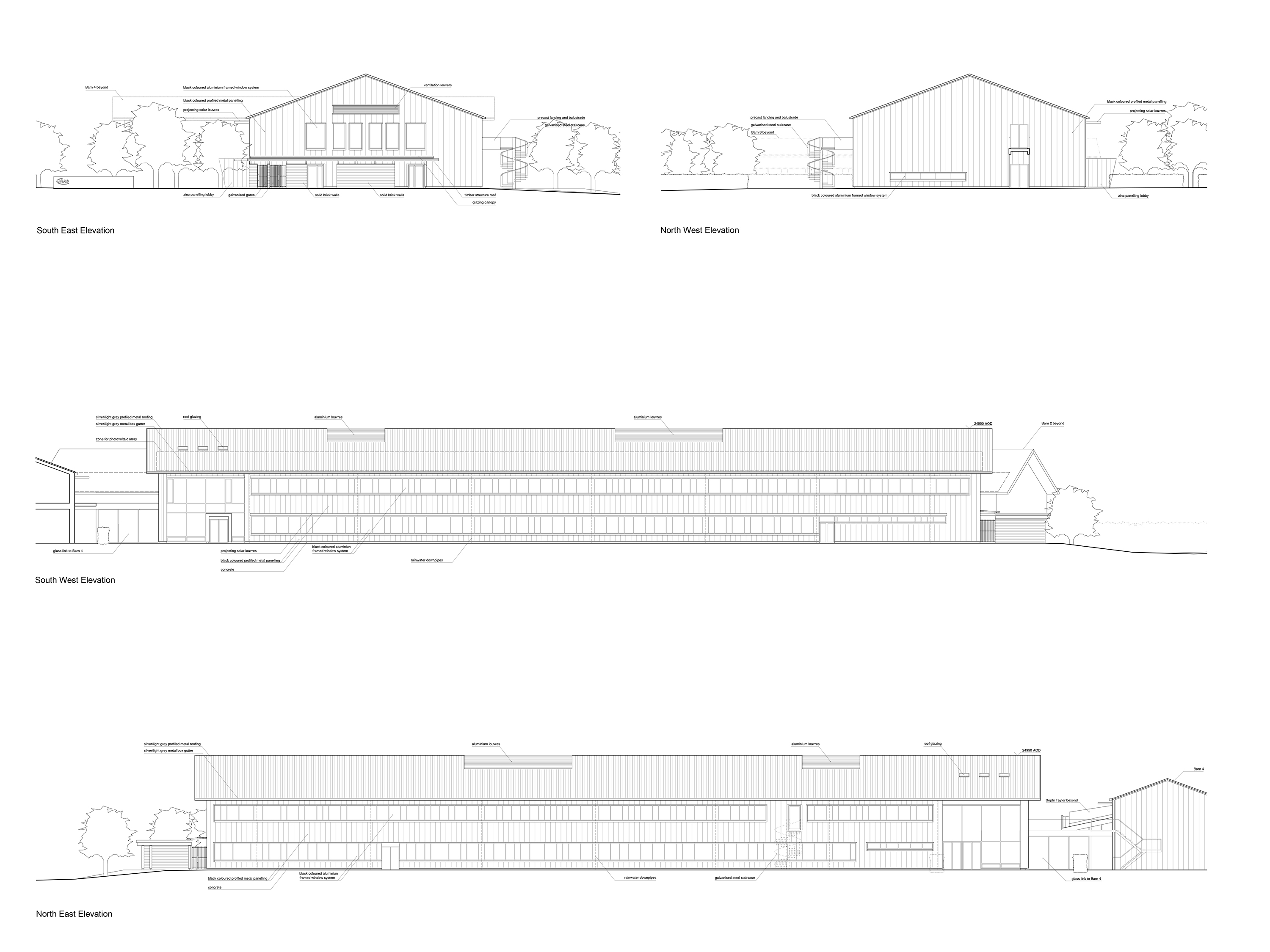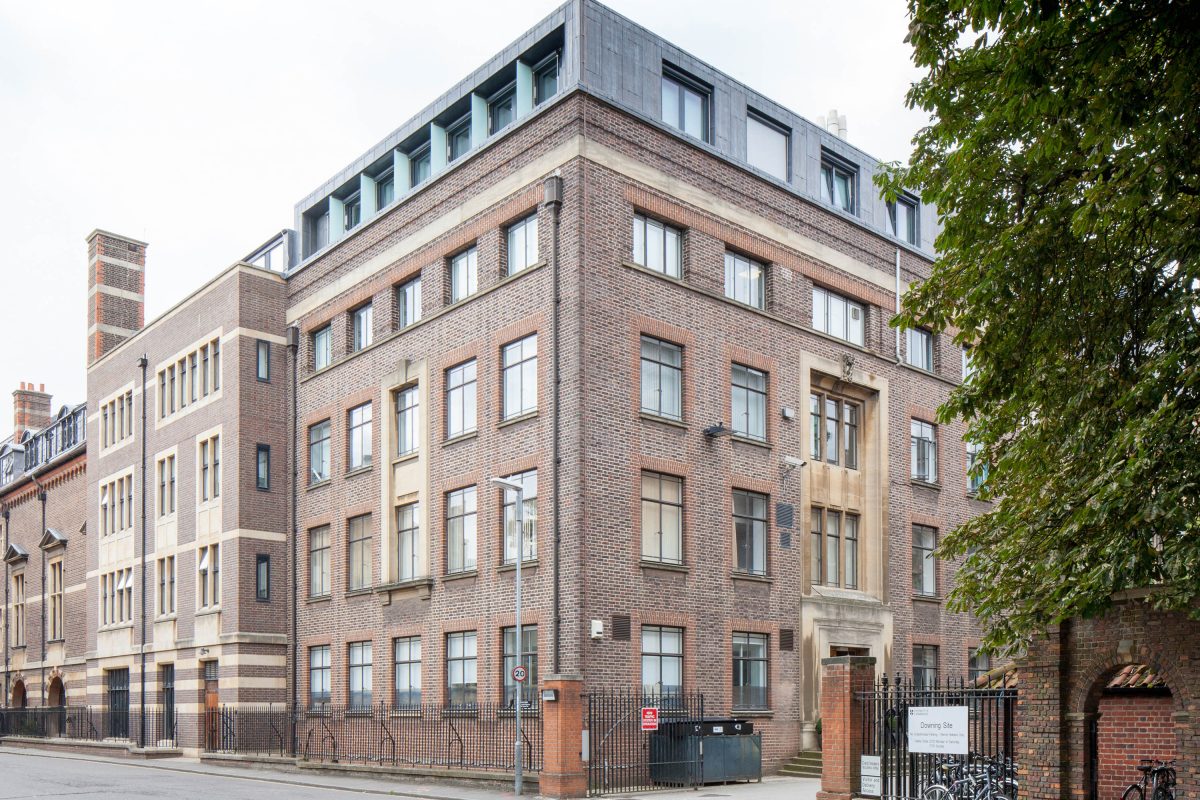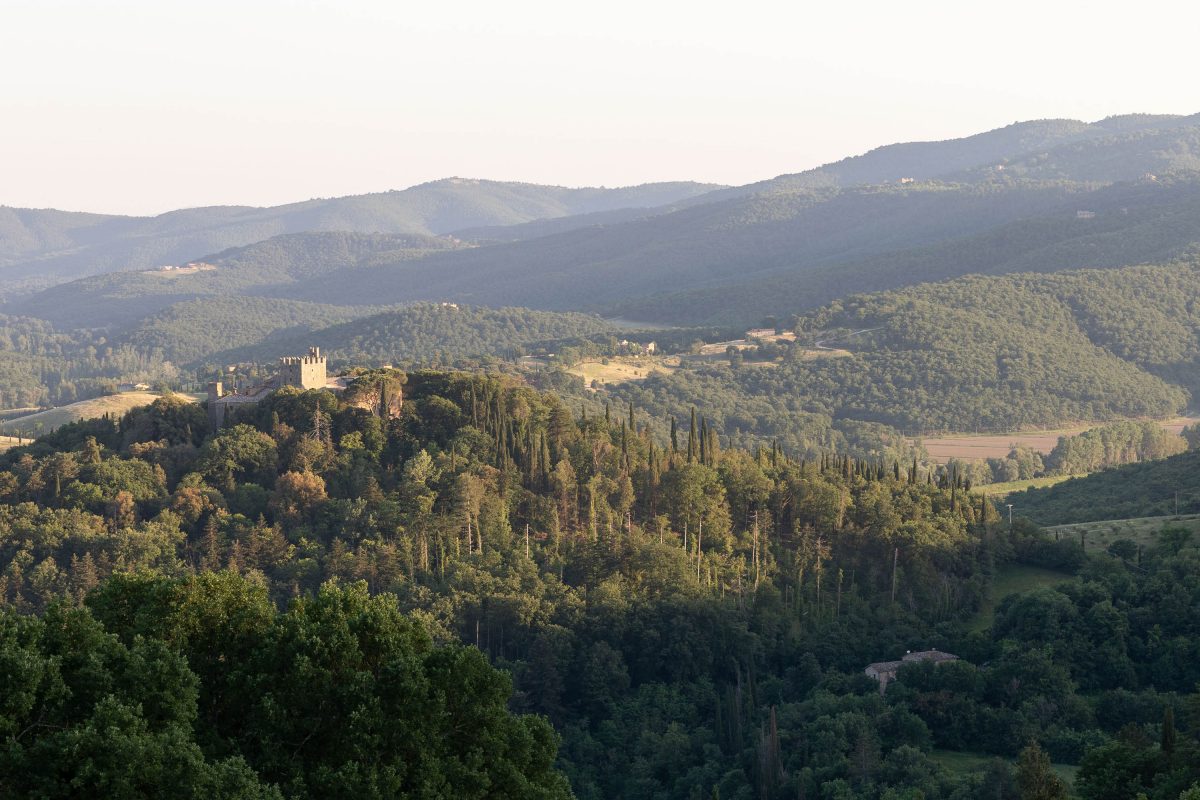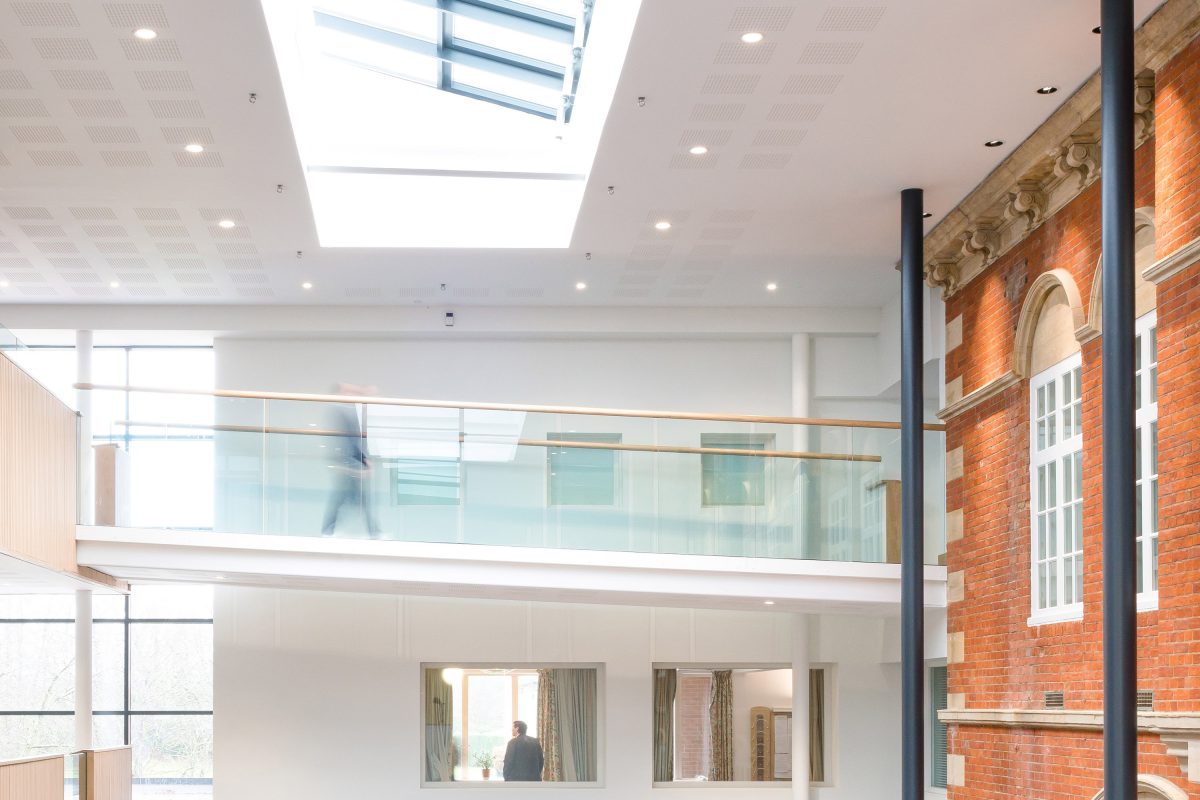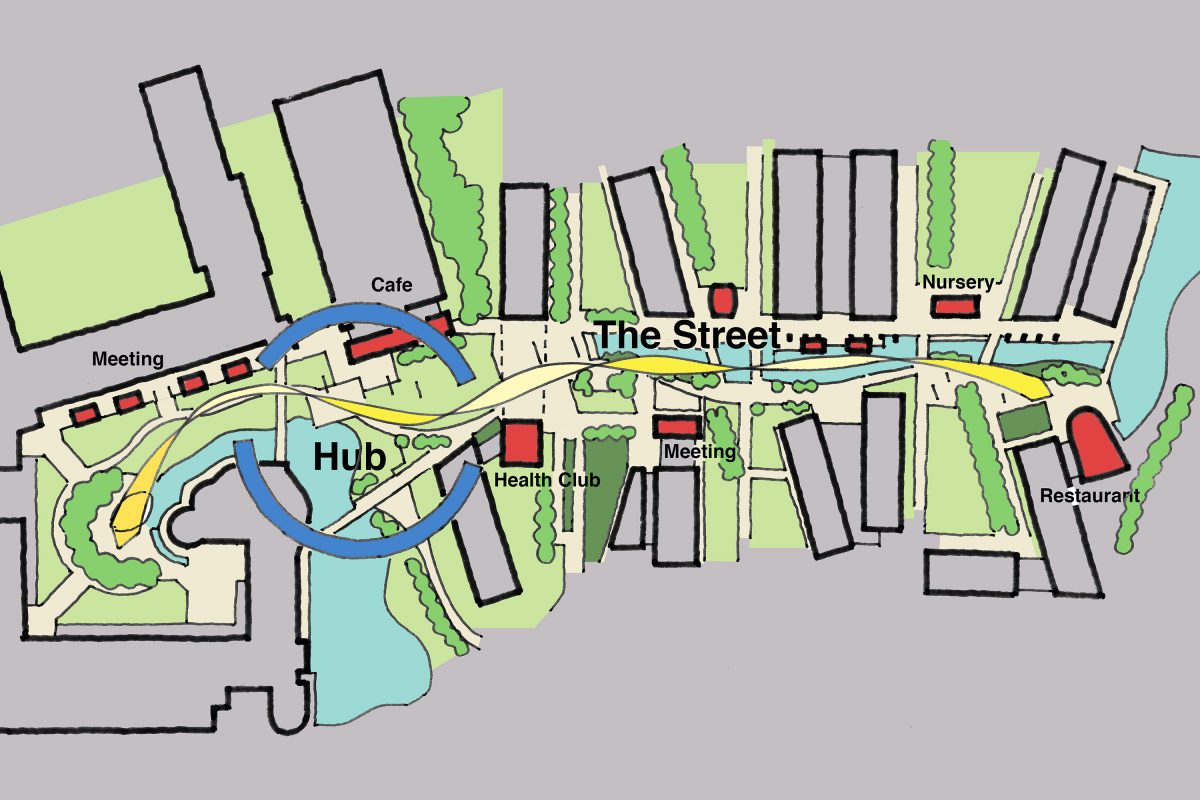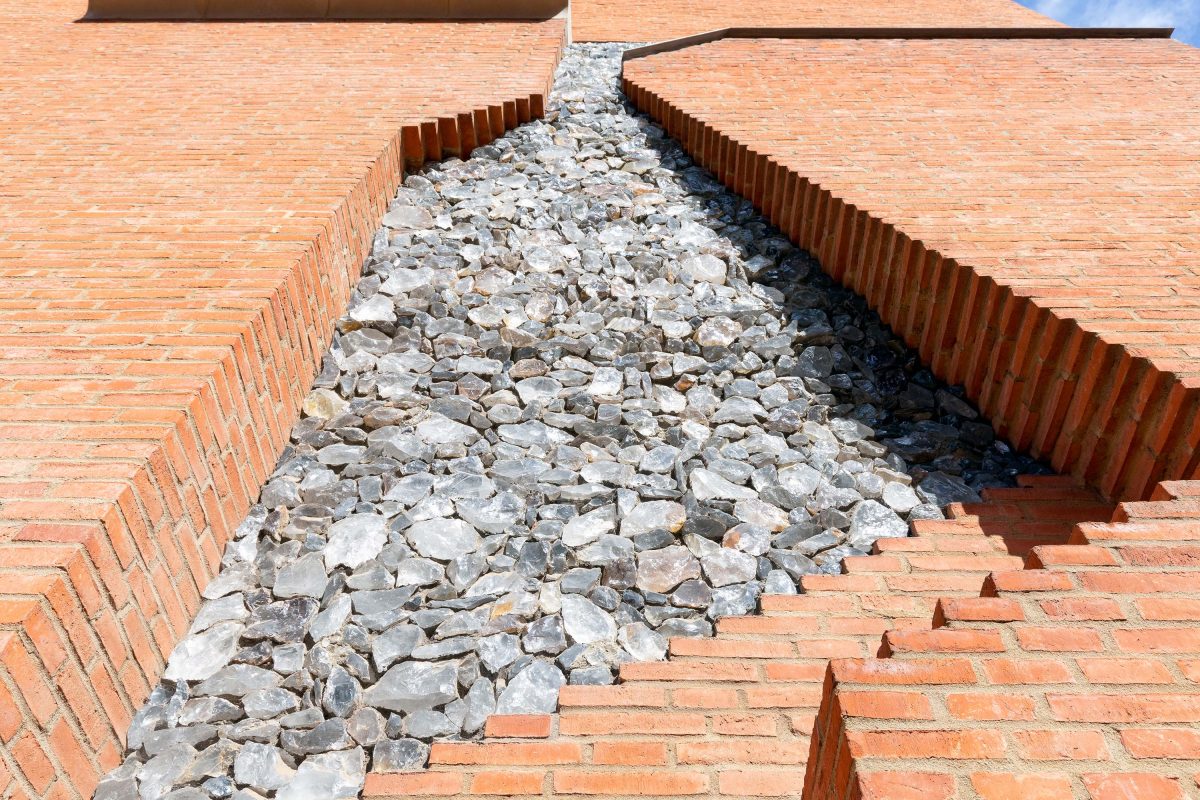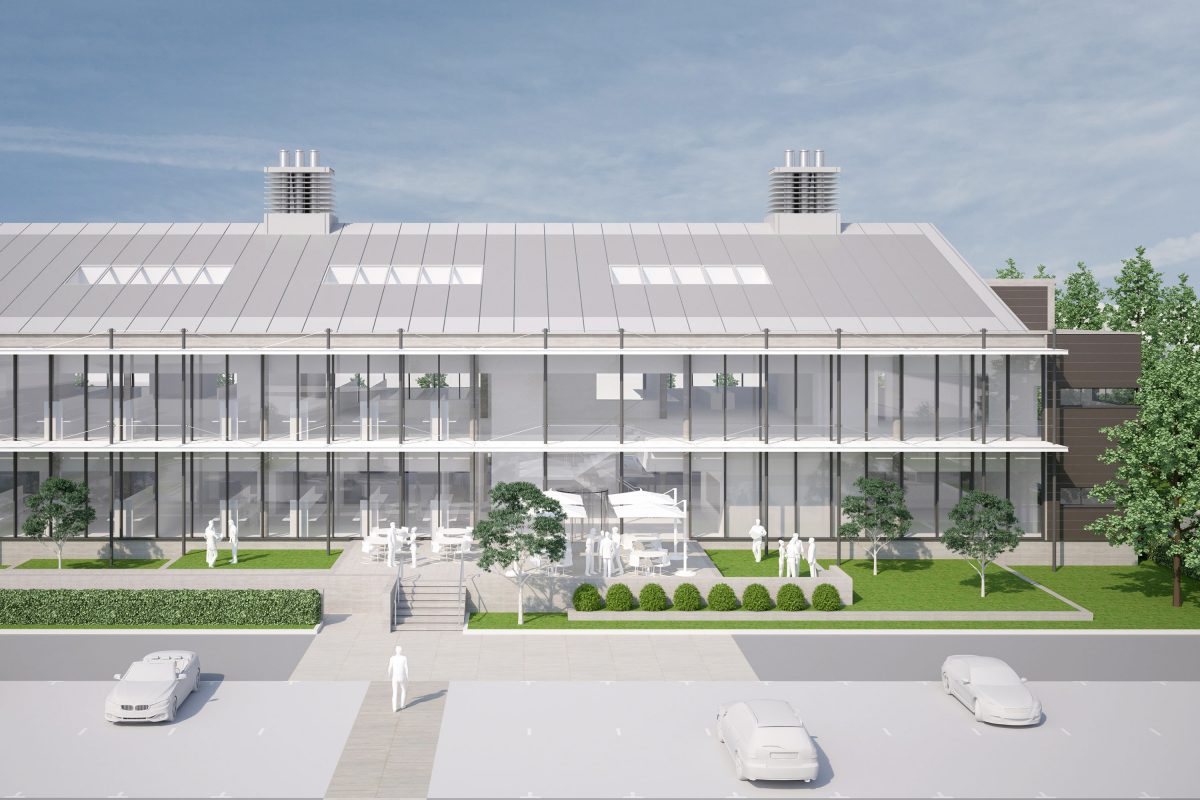Cambridge, UK
NIAB Park Farm
As the National Institute of Agricultural Botany approached its centenary year, it embarked on a an ambitious project to consolidate its Cambridge facilities onto two separate sites – a UK headquarters and new research and development facility in Cambridge, and a significant expansion of its existing facilities at Park Farm on the northern outskirts of Cambridge. The existing Park Farm site included a large glasshouse complex, outdoor standing for plants, basic analytical spaces, and the recently completed Sophi Taylor visitor centre which provides accommodation for visiting farmers, breeders and academics.
As the Cambridge masterplan evolved, it became clear that Park Farm would need to expand significantly to provide the Institute with the facilities needed to meet its growing workload and to ensure an appropriate balance across the two consolidated sites. The new 10,500m2 development accommodates Seed Testing, Agricultural Crops Characterisation, Pathology, Chemistry, Genetics and Breeding, Field Crops Research, Ornamentals, Agronomy, and Seed Handling. Each of the departments have very particular needs – some needing very simple basic spaces for storage and processing, others requiring high performing laboratory spaces. The proposals also included a significant increase in the glasshouse facility and identified further buildings for future expansion.
The overarching strategy for the Park Farm layout has been to form compact clusters of buildings that minimises their visual impact, while ensuring an efficient site operation. Active external areas are contained by surrounding buildings and careful placement of trees, hedges and other planting. The approach to building form has been to develop a language that uses agricultural buildings as their precedent – large buildings with simple rectangular plans, pitched roofs, and profiled black metal cladding.

